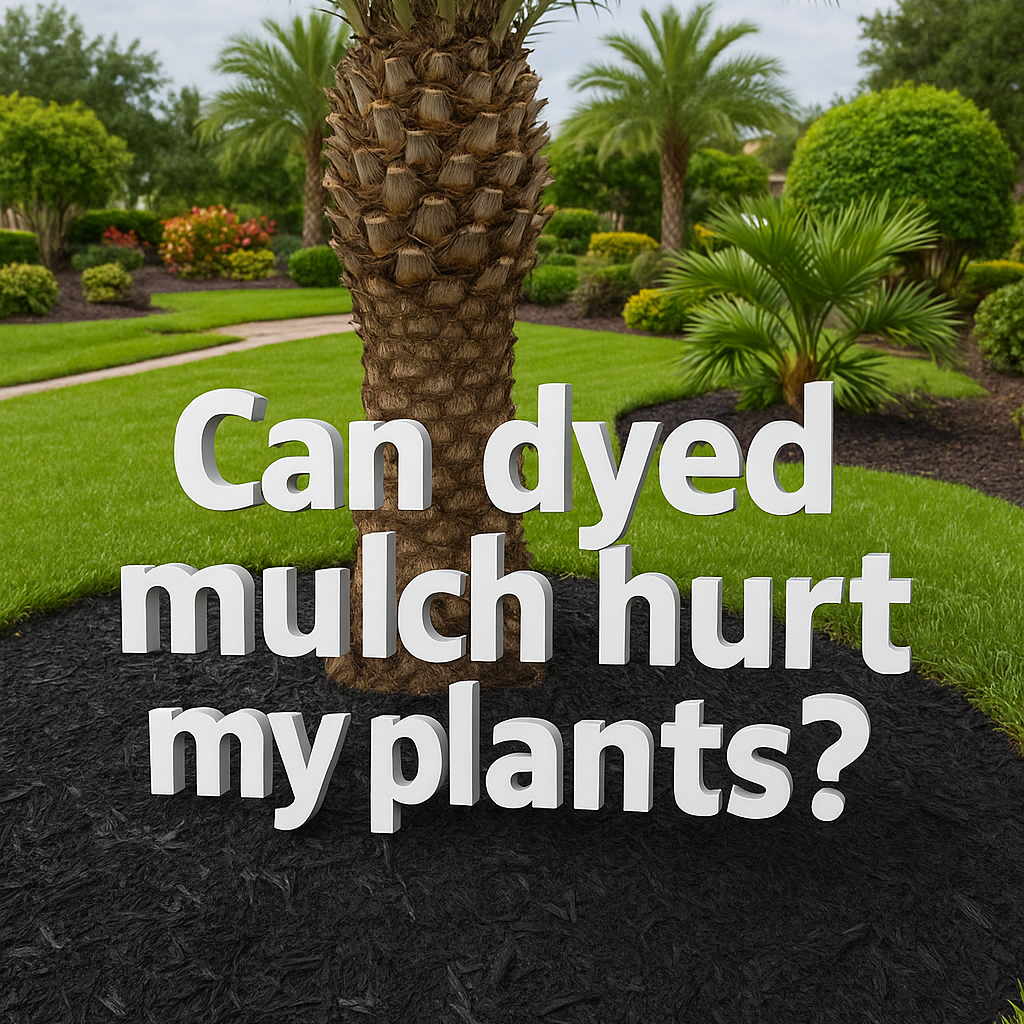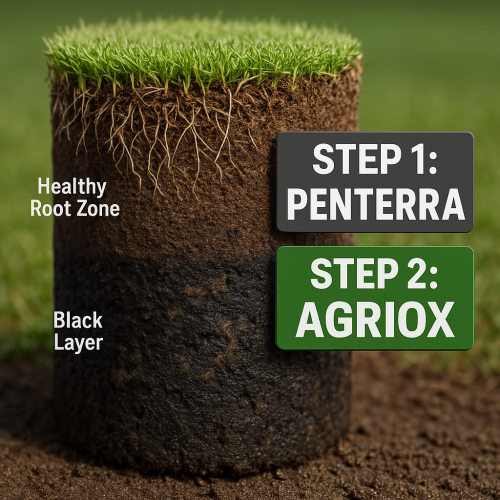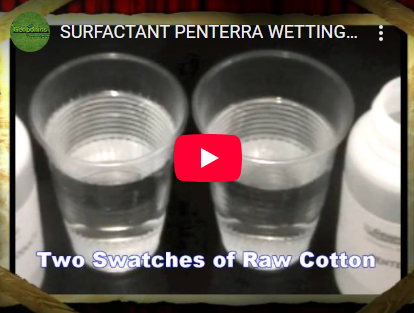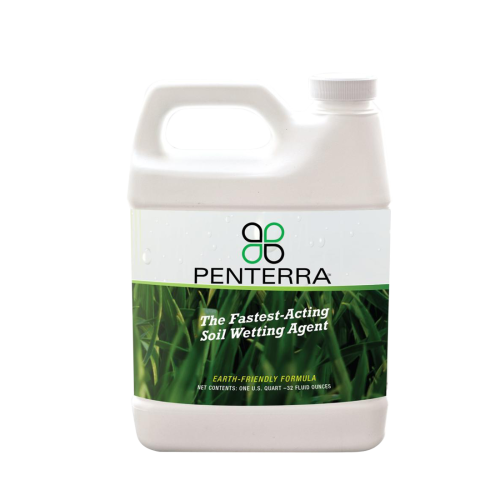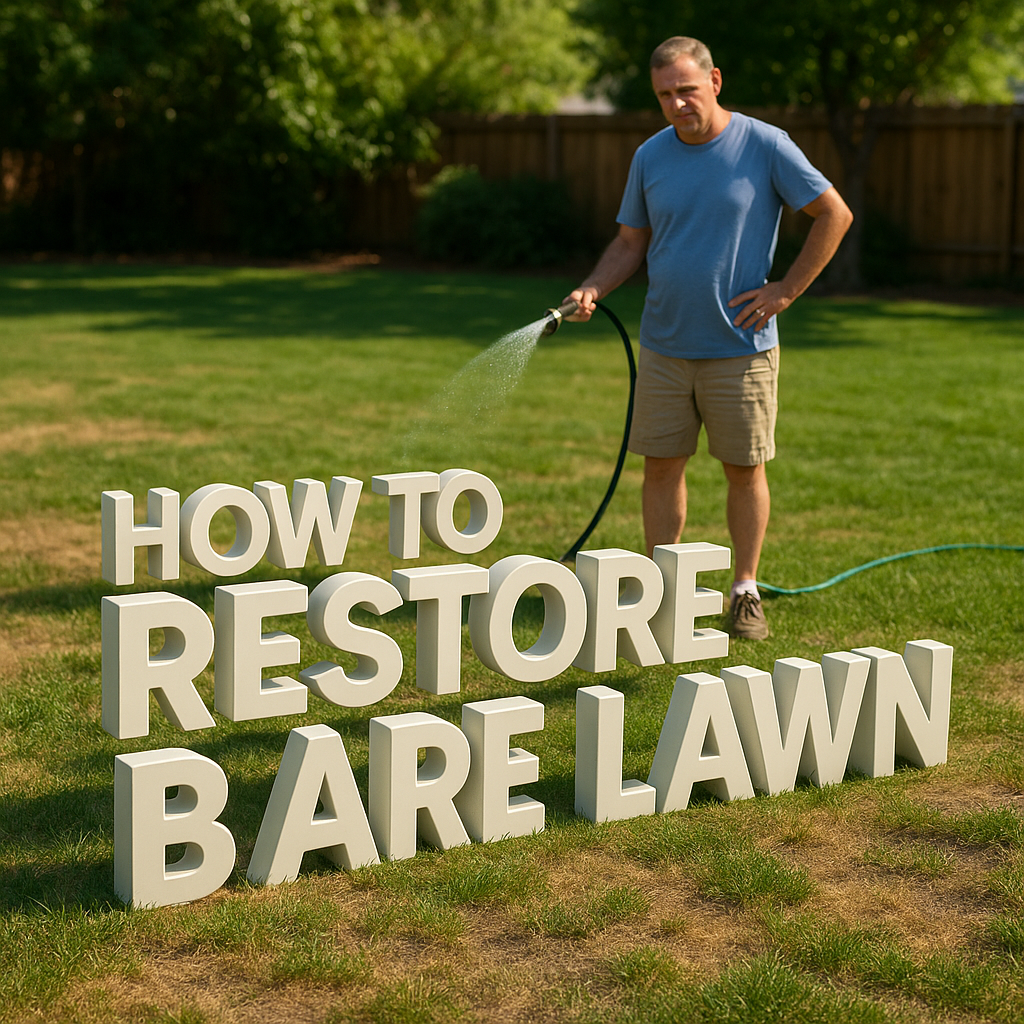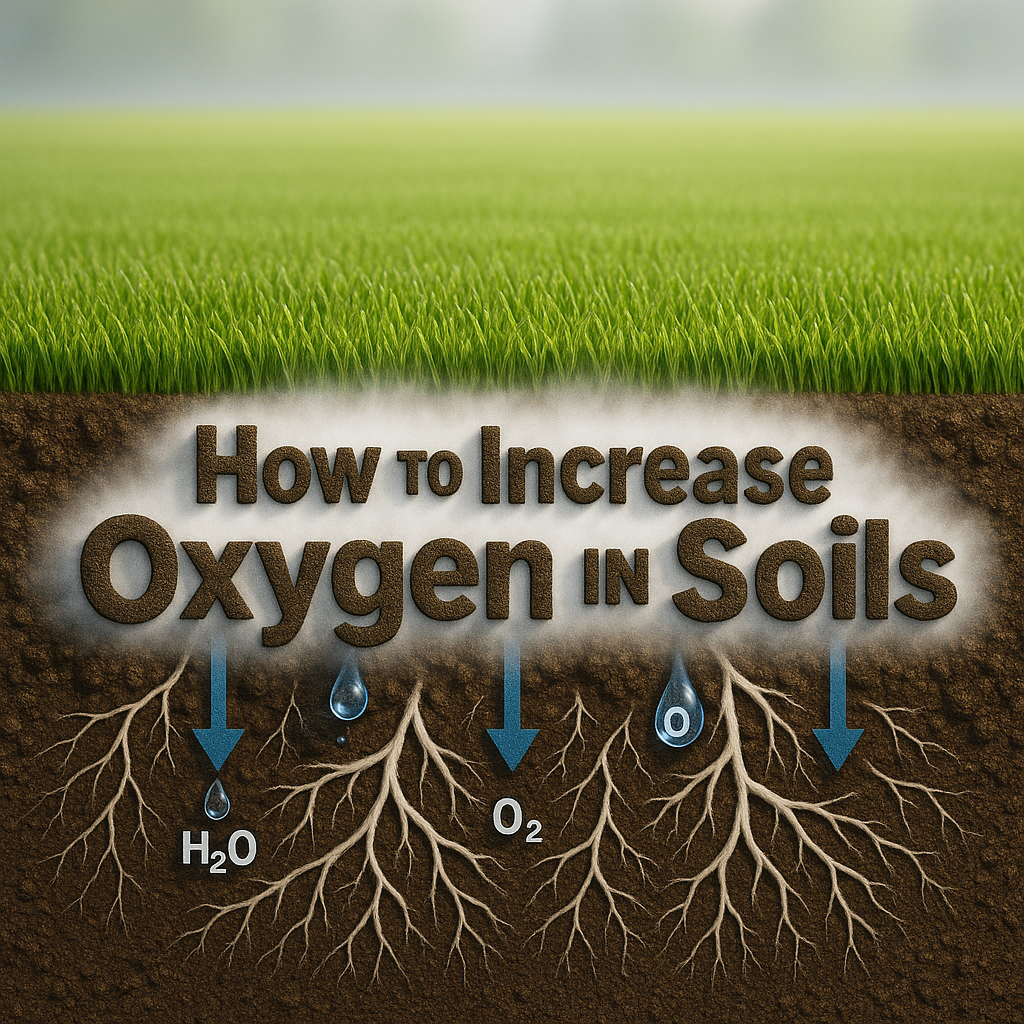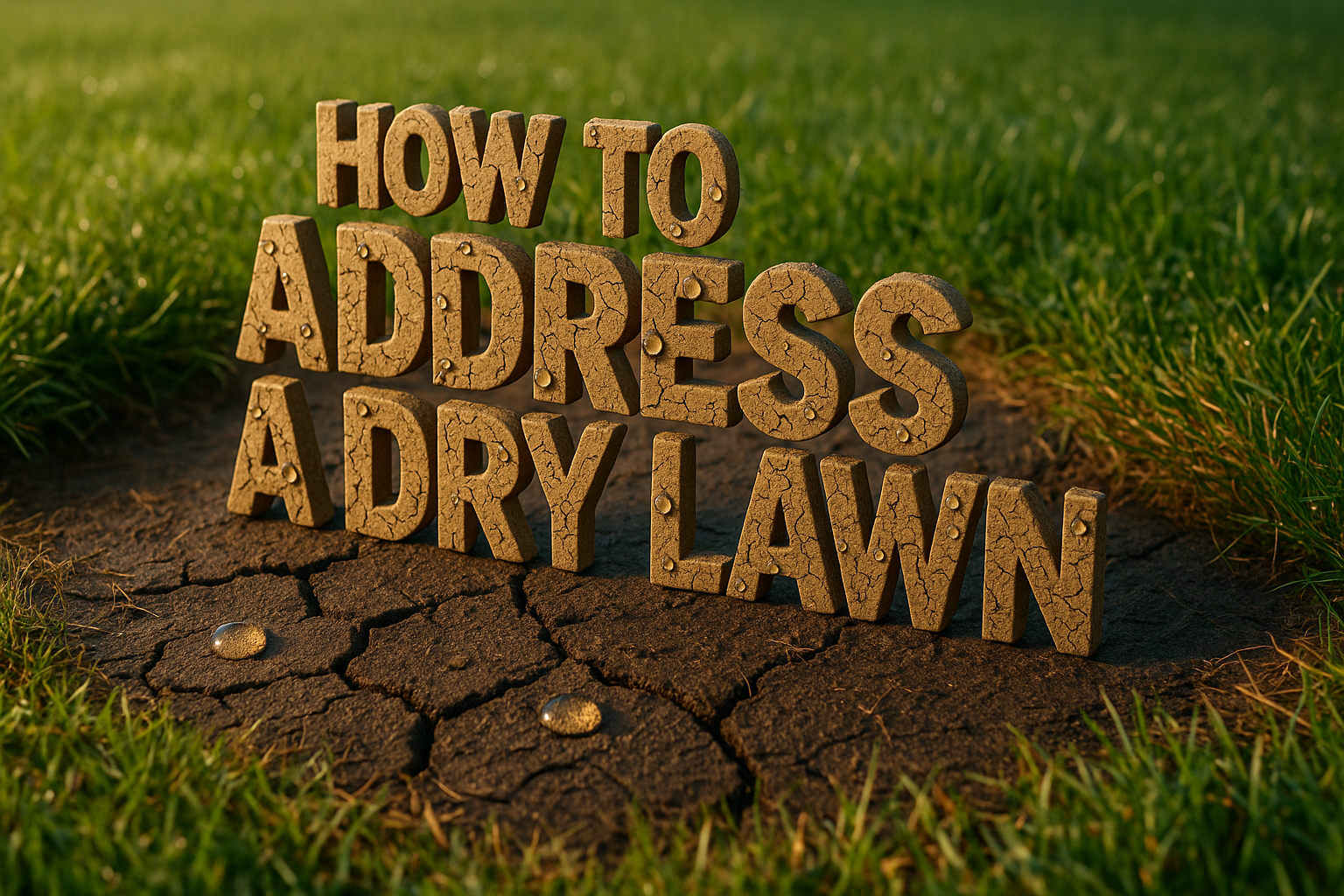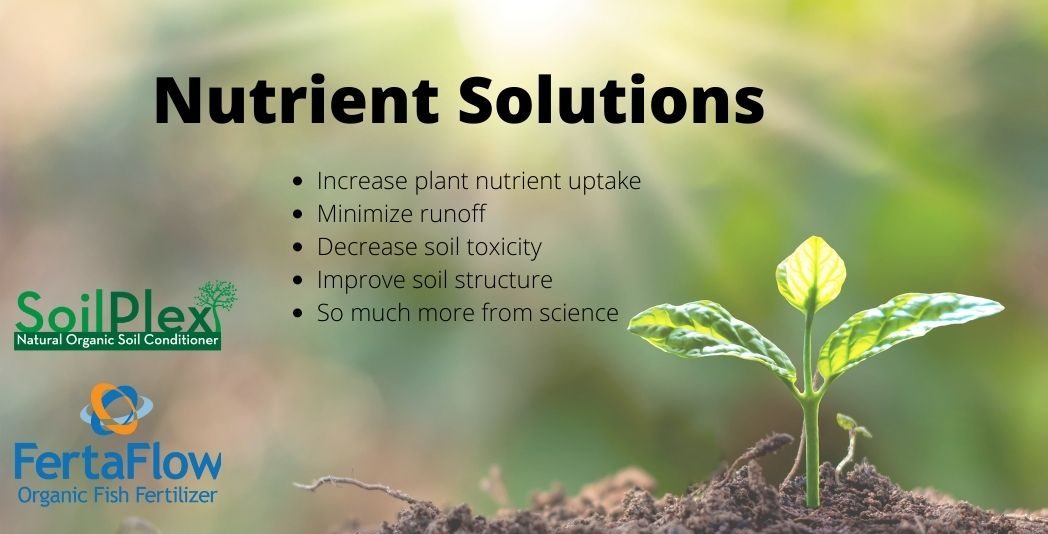Introduction
When it comes to landscaping and garden design, the question often arises: Can dyed mulch harm palm trees or tropical plants? As gardeners and landscape enthusiasts, maintaining the health and vitality of our plants is paramount. The use of dyed mulch has become increasingly popular due to its aesthetic appeal and potential benefits for soil health. However, there are concerns that arise regarding how these colorants might affect sensitive plants like palm trees and tropical varieties.
Understanding Dyed Mulch
Dyed mulch is created from organic materials, typically shredded wood or bark, that are treated with colorants to enhance their visual appeal. This aesthetic improvement can distract from underlying issues in gardens or improve the overall look of a landscape. Notably, the dyes used can be either water-based or synthetic, which raises important questions about their impact on plant health.
Types of Dyes
- Water-Based Dyes: Generally considered safe, these dyes are used widely in commercial products designed for garden use.
- Synthetic Dyes: More cost-effective, but potentially harmful, these can leach chemicals into the soil.
Effects on Palm Trees and Tropical Plants
While many palm trees and tropical plants can thrive with the use of dyed mulch, there are key considerations to monitor:
- Soil pH Levels: Certain dyes may alter the acidity of the soil, which can affect nutrient absorption.
- Moisture Retention: Dyed mulch can sometimes impede the soil’s ability to retain water, especially if the dye clogs the pores within the mulch.
- Potential for Toxicity: Checking the source and composition of dyed mulch is crucial, particularly for sensitive plant species.
Best Practices for Using Dyed Mulch
To ensure that dyed mulch contributes positively to your palm trees and tropical plants, it’s vital to follow a few straightforward best practices:
1. Select Quality Products
Choose high-quality mulch products like Endurant Palm Colorant and Endurant Mulch Colorant that are designed with plant health in mind. These products are formulated to be safe, non-toxic, and beneficial for your landscape.
2. Consider Mulch Adhesives
Using mulch glue like MulchCrete.com can enhance the stability of your dyed mulch application. Mulch adhesives help keep moisture in, preventing washing away during rain and ensuring that the mulch remains in place. This product is especially useful in preventing the washout of nutrients and colorants, thereby protecting your palm trees and tropical plants.
3. Apply at the Right Depth
A thickness of 2-3 inches is recommended for applying dyed mulch to ensure optimal moisture retention without suffocating the plant’s roots. Too much mulch can lead to water accumulation, promoting root rot.
4. Regular Monitoring
Keep an eye on your plants after applying dyed mulch. Look for signs of distress, such as wilting, yellowing leaves, or unusual growth patterns, and adjust your practices accordingly.
Conclusion
In conclusion, dyed mulch can be a beneficial addition to your landscaping if applied thoughtfully. By selecting safe, high-quality products, utilizing mulch glue for stability, and monitoring the health of your plants, you can enjoy the visual enhancements of dyed mulch without compromising the well-being of your palm trees and tropical plants.
If you have further questions about the best practices for mulch application, don’t hesitate to Contact Us today!

